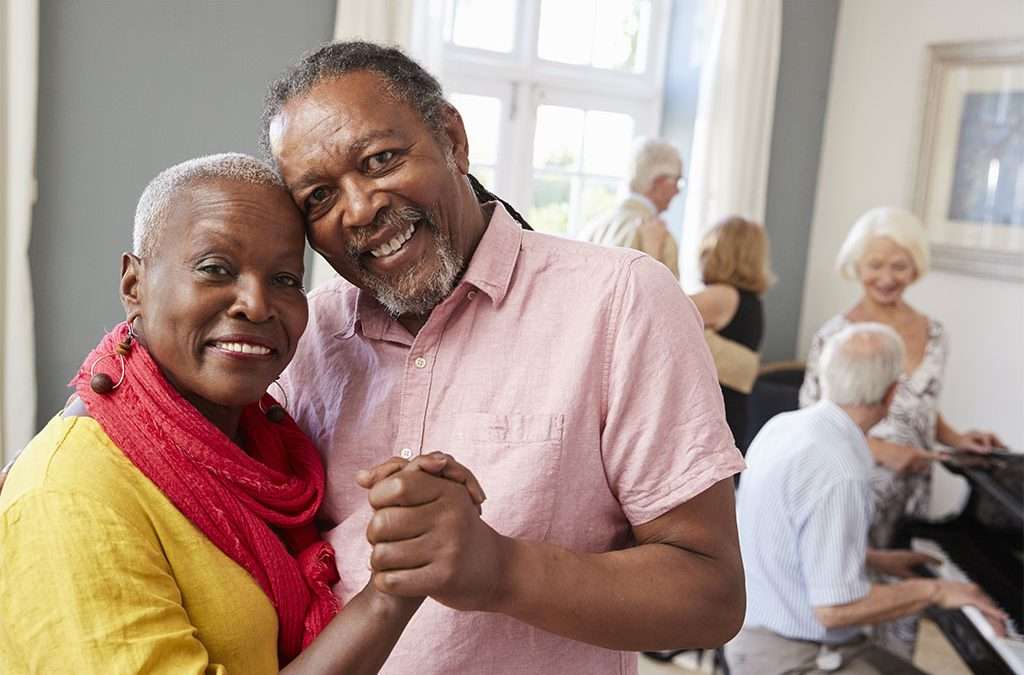It’s well-known that older adults (over the age of 65) are at an increased risk of falling, and we don’t mean in love. Although toppling over might sound like a trivial issue, the Centers for Disease Control and Prevention in the US has gathered some troubling data about falls in older adults:
- 1 in 5 falls is associated with a serious injury
- Falls are the leading cause of injury-related death among those aged 65 and older
- Over 800 000 people each year are hospitalized due to injury from a fall
- The most common cause of traumatic brain injuries is falls
- In the US, non-fatal falls cost the medical system around $50 billion while fatal falls cost the system about $754 million
Doesn’t sound so trivial now, does it? In addition to being a significant public health concern across the world, not just the US, falls can lead to loss of independence and lowered quality of life, including a heightened fear of another fall.
What Causes Falls in Adults Over the Age of 65?
Apart from not looking where you’re walking and failing to see that open manhole ahead, several risk factors have been identified for falls in older adults. These include impaired balance ability and increased muscle weakness from aging, which affect how well a person can make corrective adjustments to their posture. In fact, difficulties with balance tests are strongly associated with predicting future falls in older adults.
Balance problems may also be associated with certain conditions beyond regular aging. These include diseases such as vertigo or other inner ear and vestibular diseases. Such dizziness disorders will most likely need a full assessment by a specialist such as an audiologist or ENT doctor and may need medical treatment.
Because experiencing one fall increases the risk of falling again (plus all the other downsides of falling, including potential death), preventing a fall in the first place is the way to go. So, what interventions are available to prevent falls? One could spend the rest of their life sitting down – or, for something a bit more fun, let’s take it to the dance floor.
Boogie For Balance
Multiple studies have shown the effectiveness of various physical exercise therapies in improving balance and subsequently reducing the risk of falls in older adults. However, studies have also found that balancing exercises are apparently not all that interesting, and many people eventually drop out of these programs or decline to participate altogether. While different studies reported varying results, one estimate of participation and long-term adherence to fall prevention programs came up with a number as low as only 21%. If only there were a type of activity that could improve balance at the same time as being fun and social.
Enter the shiny disco ball. An increasing number of studies are demonstrating that dancing and other “dance-based mind-motor” activities such as tai chi are not only effective at reducing the risk of falls but may provide more long-term engagement in older adults. Although the foxtrot may not be absolutely everyone’s cup of tea, many older adults find dancing to be interesting, fun, and an opportunity for socialization.
Dancing is able to lower the risk of falls by improving factors such as balance, lower body strength, mobility, and gait.
Another benefit of dancing or tai chi was found to be the brain and cognitive engagement required to learn and follow the choreography steps, as well as training motor coordination. These dance-based mind-motor exercises have been shown to reduce the risk of falls by over a third when compared to older people who engaged in other forms of exercise, such as walking or aerobic activities.
Currently, there is insufficient research to determine which is the best form of dancing or other similar activity to provide the greatest reduction in fall risk. Tai chi, ballroom, folk dancing, line dancing, and even a style known as Senior Dance, have all been shown to offer some benefit in reducing falls. It is possible that other activities that challenge balance, such as yoga or arcade dance games may also be able to help. However, because of the lack of direct social interaction or dynamic movements in these exercises, studies looking at the benefit of dance for falls often chose to exclude these types of activities.
If you suffer from persistent dizziness or vertigo, it’s important to seek the opinion of a medical professional such as an ENT specialist before attempting to prescribe yourself a pirouette. As many of the studies investigating the benefit of dance on falls risk were conducted on healthy older adults, there may be limited relevance to using dance as a form of treating Meniere’s disease, for example. However, if those conditions don’t apply to you and you really “want to dance with somebody,” then catch that Saturday night fever and doh-si-doh your way to better balance.

